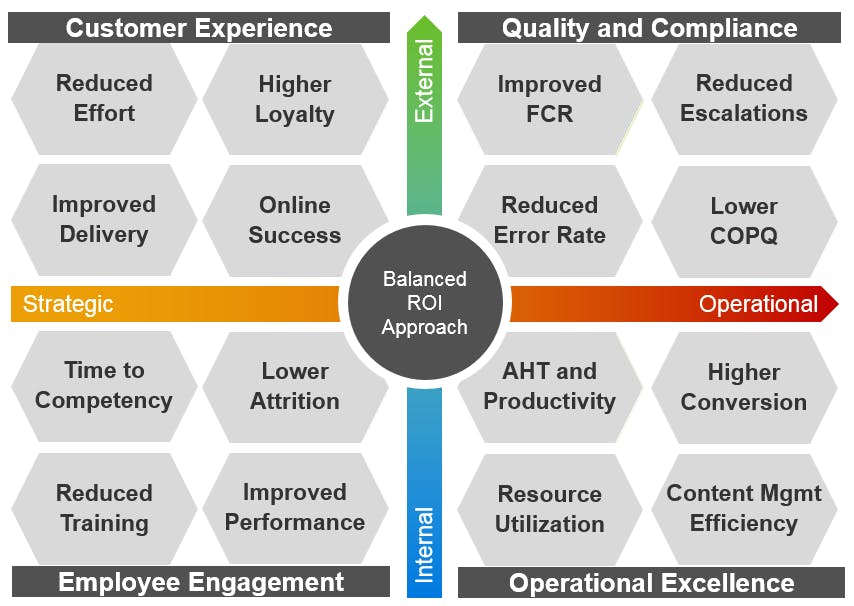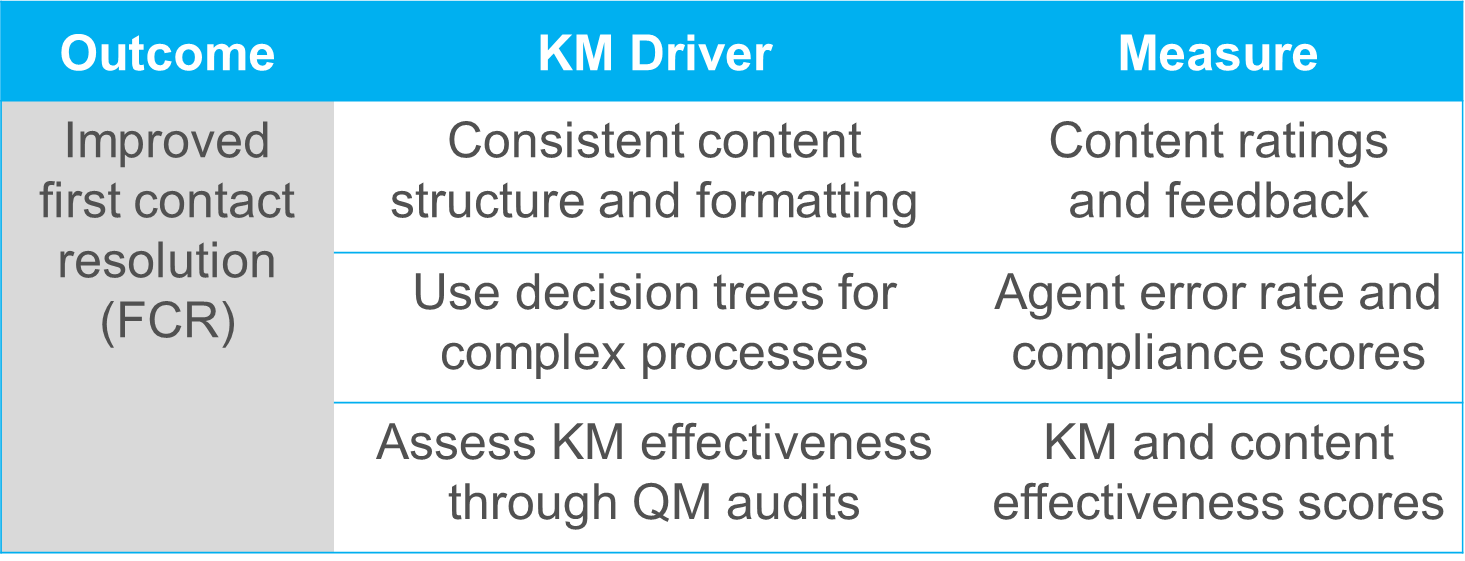Building a Knowledge Management Business Case


Knowledge Is Power series, we learned how Knowledge Management, when done well, can provide tremendous benefits to your customers, employees and organization.We all probably know that KM drives business outcomes, but how does it generate value? How can you build a credible business case? How can you sell KM to your organization amidst tight budgets and competing priorities?
The days when projects were funded because an executive thought it was a “good idea” are long gone. In today’s business atmosphere, every investment is closely scrutinized. Knowledge Management is no exception. In this blog, we’ll share a few tips and tricks for how to build a rock solid KM business case.
The process of building a KM business case involves three key steps: vision, strategy and value. We’ll start with KM vision: clearly defining the outcomes that KM will achieve for your business. These benefits can be internal or external, strategic or operational. When defining your KM vision, it’s best to develop a balanced approach with at least one outcome from each area.

Next, let’s focus on your KM strategy: the key drivers and priorities that will allow you to achieve your vision. More and more, executives want to know the specific activities that will help drive KM value in your organization. It’s not enough to rely on industry data that shows an average percentage increase across a few key metrics; a defendable business case must clearly link outcomes to KM drivers and their measures.
Here’s an example that links KM activities to First Contact Resolution:

The final step in the business case process is to define value: how your KM vision and strategy will “move the needle” and deliver measurable financial results for your organization. For each outcome, we need to project an improvement range and determine the financial impact of our projection.
Some cheap advice: make sure your projections are reasonable and credible. Last year, I was working with a customer that used knowledge on average 90 seconds per call. But in their original business case, they showed that implementing KM would reduce their handle time by 150 seconds. We all know that Knowledge Management is powerful, but it’s not magic!
So, now that we have clearly defined your KM vision, strategy, and value, we need to tie it all together in a business case that shows return on investment (ROI) and simple payback. Your executives will want to know when they are going to get their initial investment back, and how much their investment will earn in three and five years.
To build your business case, consider these elements:
KM Costs:
- Technology
- Services and training
- Resources
- Ongoing maintenance
KM Benefits:
- Customer experience
- Quality and compliance
- Operational excellence
- Employee engagement
Timeline:
- Implementation
- Rollout schedule
- Benefits realization
- Phase two activities
It’s important to understand that 100% of your costs won’t occur in the first month, and your benefits won’t start coming to fruition in month two. KM involves significant cultural and organizational change, and that takes time. Make sure your timeline is realistic and obtainable.
At Verint, we believe that Knowledge Management is a lifestyle, not a project. And, we understand that KM success is a journey, not a sprint—building a solid and credible KM business case is a critical first step. See our Knowledge Management solutions.